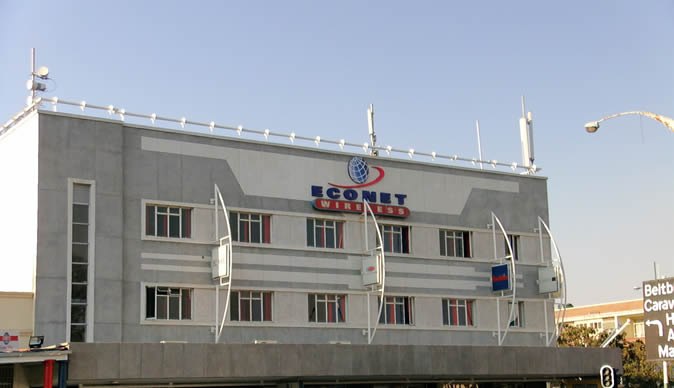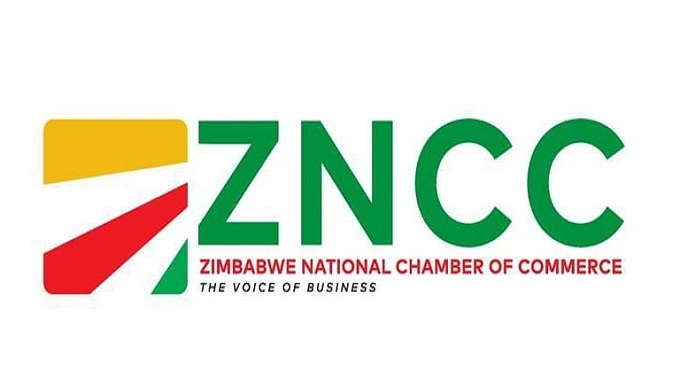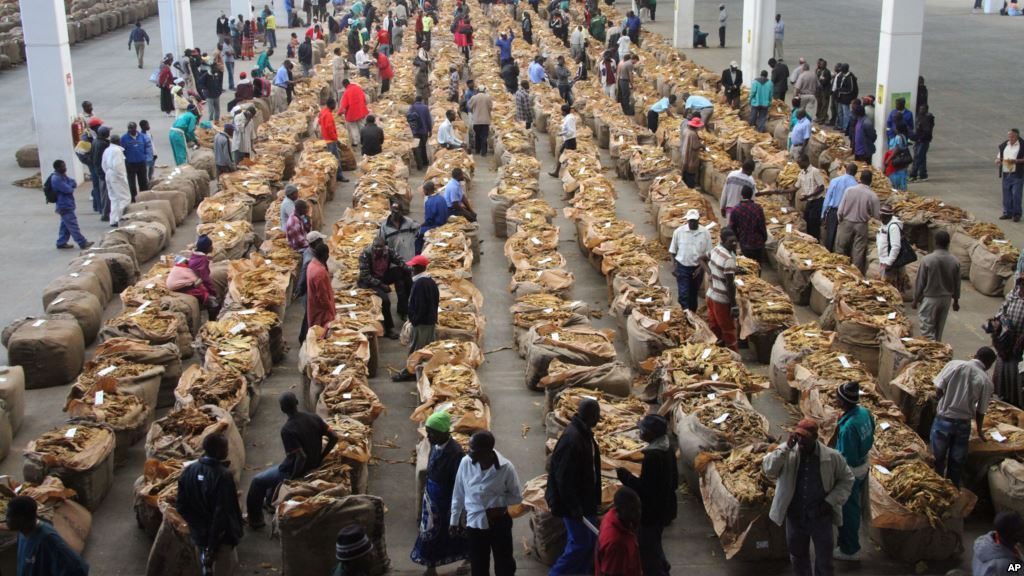Zim to lead regional GDP growth charts — AfDB
ZIMBABWE’s economy is projected to grow by 5 percent this year, according to the African Development Bank’s African Economic Outlook 2025 report released this week, outpacing many of its regional peers.
AfDB’s prediction is marginally lower than Treasury’s 6 percent forecast, following a contraction to 2 percent in 2024, after the El Nino-induced drought weighed down agriculture, one of the key pillars of Zimbabwe’s economy.
The Pan-African banking group says Zimbabwe’s growth will be anchored by a strong rebound in the agricultural output and increased investment in infrastructure.
The growth projection for Zimbabwe stands well above the forecast for the rest of Southern Africa, 2,2 percent, underscoring Zimbabwe’s resilience amid local and global headwinds.
This comes as the Government’s economic policies, including tight monetary and fiscal policies, are expected to anchor a downtrend in the annual inflation rate, which is anticipated to moderate to 16,6 percent this year.
Zimbabwe’s current account balance is also projected to register improved performance at 1,6 percent of gross domestic product, compared to the projected 1,4 percent in 2024.
The fiscal deficit is forecast to narrow slightly to –0,7 percent of GDP from an estimated 1,3 percent last year, reflecting Government efforts to rein in public spending without stifling recovery. According to AfDB, Zimbabwe, alongside eSwatini and Zambia, will lead the growth charts in Southern Africa, despite the low overall regional growth outlook.
Africa’s biggest economy, South Africa, is expected to register just 0,8 percent growth in 2025. A few countries are projected to grow by 6 percent or higher in 2025 across the continent.
Optimism about Zimbabwe’s projected growth builds on the ongoing policy reforms aimed at stabilising the macroeconomy and attracting more investment, particularly in mining and agriculture, where beneficiation initiatives and value-addition capacities are taking root.
However, sustaining such momentum will require continued improvements in electricity supply and infrastructure, areas that have long constrained private-sector participation, AfDB said
Across Sub-Saharan Africa, growth is set to decelerate from pandemic-era rebounds, with the AfDB forecasting average expansion of 3,8 percent in 2025, a downward review that reflects mounting uncertainties from global trade and commodity markets.
“In Southern Africa, this represents a 0,9 percentage-point downgrade relative to mid-year expectations, driven in part by tariff disputes that will have the largest growth impact in Botswana and Lesotho over the two-year forecast period,” the bank said.
The bank emphasises the imperative of deepening intra-African trade and diversifying export markets.
“While escalating trade wars illustrate the vulnerabilities inherent in over-reliance on foreign trade and global value chains, they also represent an opportunity for African countries to accelerate intra-regional trade and economic diversification.”
The bank urged nations to fully implement the African Continental Free Trade Area agreement and dismantle non-tariff barriers.
Beyond trade, the report identifies infrastructure investment as a cornerstone of competitiveness. It stressed, “Efficient government debt-financed public investments in areas such as transportation and energy infrastructure will reduce the cost of doing business and catalyse private innovation through technological spillovers.”
In agriculture, AfDB noted that increased private investment along the value chain could boost food production, enhance processing and value addition, and reduce dependence on costly food imports, thereby preserving scarce foreign exchange.
Similarly, expanding domestic refinery capacity for petroleum products in oil-producing countries could alleviate reliance on global supply chains, temper Africa’s vulnerability to oil-price shocks and foster industrialisation and job creation.
To mobilise the resources required for these ambitions, Africa must also curb resource leakages. The AfDB estimates that better tax administration, alongside measures to combat illicit financial flows and profit-shifting, could unlock an additional US$1,43 trillion in domestic revenues, enough to close the financing gap for the Sustainable Development Goals.
Finally, the bank pointed to the African diaspora as an under-utilised asset. Through exploring mechanisms to tax diaspora incomes, governments could tap hundreds of millions of dollars annually while maintaining ties with skilled migrants.
Such a levy would both compensate countries of origin for subsidised education and training and reinforce diaspora engagement in national affairs. For Zimbabwe, sustaining the projected 5,0 percent growth trajectory hinges on translating these regional prescriptions into concrete action, deepening policy coordination, accelerating free-trade protocols, investing in critical infrastructure, and strengthening revenue mobilisation.
As the continent navigates an increasingly fragmented global landscape, the strategies outlined in the African Economic Outlook 2025 will prove critical to turning promise into tangible, inclusive growth.herald










